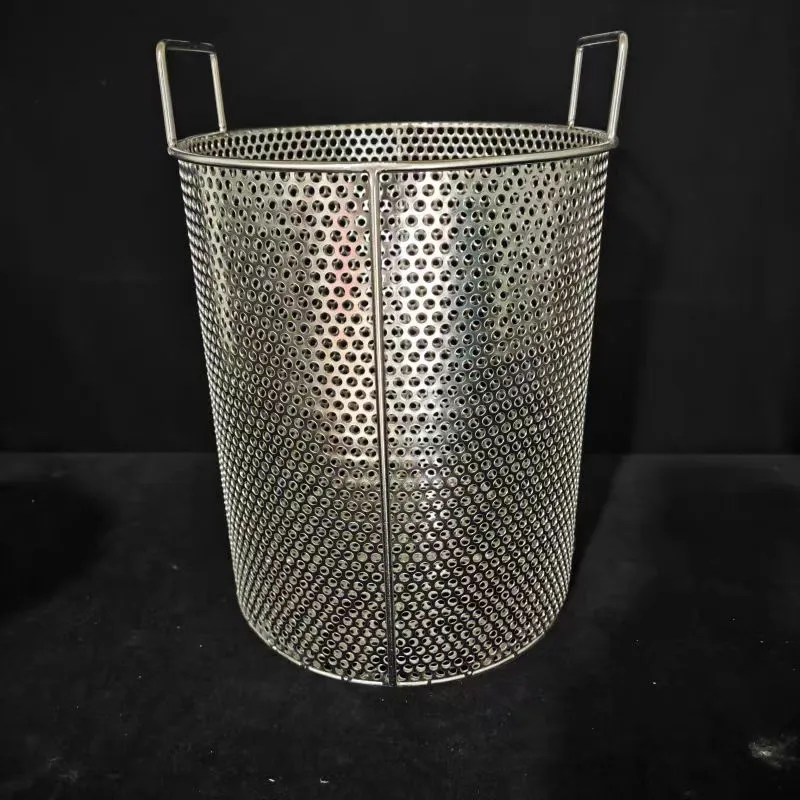-
 Afrikaans
Afrikaans -
 Albanian
Albanian -
 Amharic
Amharic -
 Arabic
Arabic -
 Armenian
Armenian -
 Azerbaijani
Azerbaijani -
 Basque
Basque -
 Belarusian
Belarusian -
 Bengali
Bengali -
 Bosnian
Bosnian -
 Bulgarian
Bulgarian -
 Catalan
Catalan -
 Cebuano
Cebuano -
 China
China -
 Corsican
Corsican -
 Croatian
Croatian -
 Czech
Czech -
 Danish
Danish -
 Dutch
Dutch -
 English
English -
 Esperanto
Esperanto -
 Estonian
Estonian -
 Finnish
Finnish -
 French
French -
 Frisian
Frisian -
 Galician
Galician -
 Georgian
Georgian -
 German
German -
 Greek
Greek -
 Gujarati
Gujarati -
 Haitian Creole
Haitian Creole -
 hausa
hausa -
 hawaiian
hawaiian -
 Hebrew
Hebrew -
 Hindi
Hindi -
 Miao
Miao -
 Hungarian
Hungarian -
 Icelandic
Icelandic -
 igbo
igbo -
 Indonesian
Indonesian -
 irish
irish -
 Italian
Italian -
 Japanese
Japanese -
 Javanese
Javanese -
 Kannada
Kannada -
 kazakh
kazakh -
 Khmer
Khmer -
 Rwandese
Rwandese -
 Korean
Korean -
 Kurdish
Kurdish -
 Kyrgyz
Kyrgyz -
 Lao
Lao -
 Latin
Latin -
 Latvian
Latvian -
 Lithuanian
Lithuanian -
 Luxembourgish
Luxembourgish -
 Macedonian
Macedonian -
 Malgashi
Malgashi -
 Malay
Malay -
 Malayalam
Malayalam -
 Maltese
Maltese -
 Maori
Maori -
 Marathi
Marathi -
 Mongolian
Mongolian -
 Myanmar
Myanmar -
 Nepali
Nepali -
 Norwegian
Norwegian -
 Norwegian
Norwegian -
 Occitan
Occitan -
 Pashto
Pashto -
 Persian
Persian -
 Polish
Polish -
 Portuguese
Portuguese -
 Punjabi
Punjabi -
 Romanian
Romanian -
 Russian
Russian -
 Samoan
Samoan -
 Scottish Gaelic
Scottish Gaelic -
 Serbian
Serbian -
 Sesotho
Sesotho -
 Shona
Shona -
 Sindhi
Sindhi -
 Sinhala
Sinhala -
 Slovak
Slovak -
 Slovenian
Slovenian -
 Somali
Somali -
 Spanish
Spanish -
 Sundanese
Sundanese -
 Swahili
Swahili -
 Swedish
Swedish -
 Tagalog
Tagalog -
 Tajik
Tajik -
 Tamil
Tamil -
 Tatar
Tatar -
 Telugu
Telugu -
 Thai
Thai -
 Turkish
Turkish -
 Turkmen
Turkmen -
 Ukrainian
Ukrainian -
 Urdu
Urdu -
 Uighur
Uighur -
 Uzbek
Uzbek -
 Vietnamese
Vietnamese -
 Welsh
Welsh -
 Bantu
Bantu -
 Yiddish
Yiddish -
 Yoruba
Yoruba -
 Zulu
Zulu
Using Netting Techniques to Safeguard Against Bird Intrusions and Damage
Netting to Prevent Birds A Comprehensive Solution for Protecting Crops
As agriculture continues to evolve in response to increasing food demands, protecting crops from pests becomes crucial. Among these pests, birds can cause significant damage to fruit and grain crops. This has led many farmers to explore various methods to safeguard their yields, with netting emerging as one of the most effective solutions.
Netting to Prevent Birds A Comprehensive Solution for Protecting Crops
One of the major benefits of using bird netting is its versatility. It can be used in various agricultural settings, from small backyard gardens to large commercial orchards. The netting comes in different sizes and mesh openings, allowing farmers to choose the best fit for their specific crops. For instance, smaller mesh sizes can be utilized for delicate berries, while larger openings may suffice for grains.
netting to prevent birds

Implementing netting can significantly reduce crop losses caused by bird activity. Studies have shown that areas covered with bird netting can experience up to 90% less damage compared to uncovered fields. This not only helps in maximizing yield but also boosts the quality of the harvested produce by keeping it intact and free from contamination.
Moreover, netting is a long-term solution. While initial installation may require an investment in materials and labor, the longevity of bird netting means that, with proper care, it can last for several seasons. Regular inspections and maintenance, such as repairing any tears or holes, ensure that the netting remains effective over time.
Despite its advantages, farmers must also consider some challenges associated with bird netting. For instance, proper installation is crucial to prevent birds from sneaking through gaps. Additionally, netting can sometimes pose risks to non-target wildlife, such as small mammals and insects. Therefore, farmers should be mindful of local ecosystems when implementing this solution.
In conclusion, bird netting is an effective and sustainable approach to preventing birds from damaging crops. By providing a physical barrier, it protects yields while reducing reliance on chemical pest control methods. As farmers seek innovative ways to enhance productivity in a sustainable manner, netting stands out as a practical solution that promotes both agricultural success and environmental stewardship. Embracing this method can significantly contribute to meeting the global food demand while preserving vital ecosystems.
-
Shipping Plastic Bags for Every NeedNewsJul.24,2025
-
Safety Netting: Your Shield in ConstructionNewsJul.24,2025
-
Plastic Mesh Netting for Everyday UseNewsJul.24,2025
-
Nylon Netting for Every UseNewsJul.24,2025
-
Mesh Breeder Box for Fish TanksNewsJul.24,2025
-
Expanded Steel Mesh Offers Durable VersatilityNewsJul.24,2025











